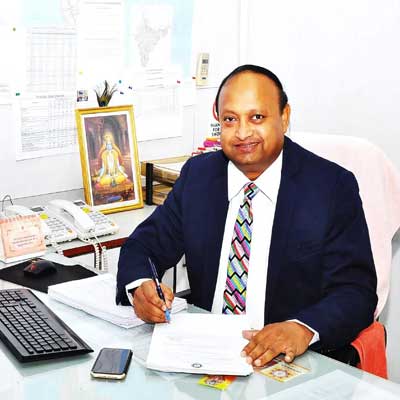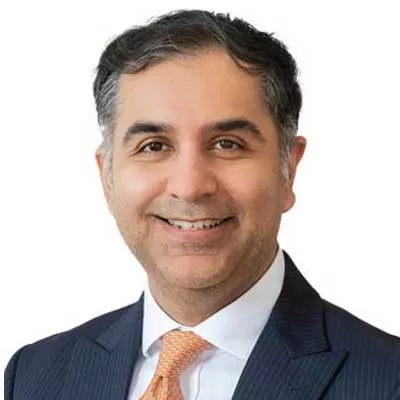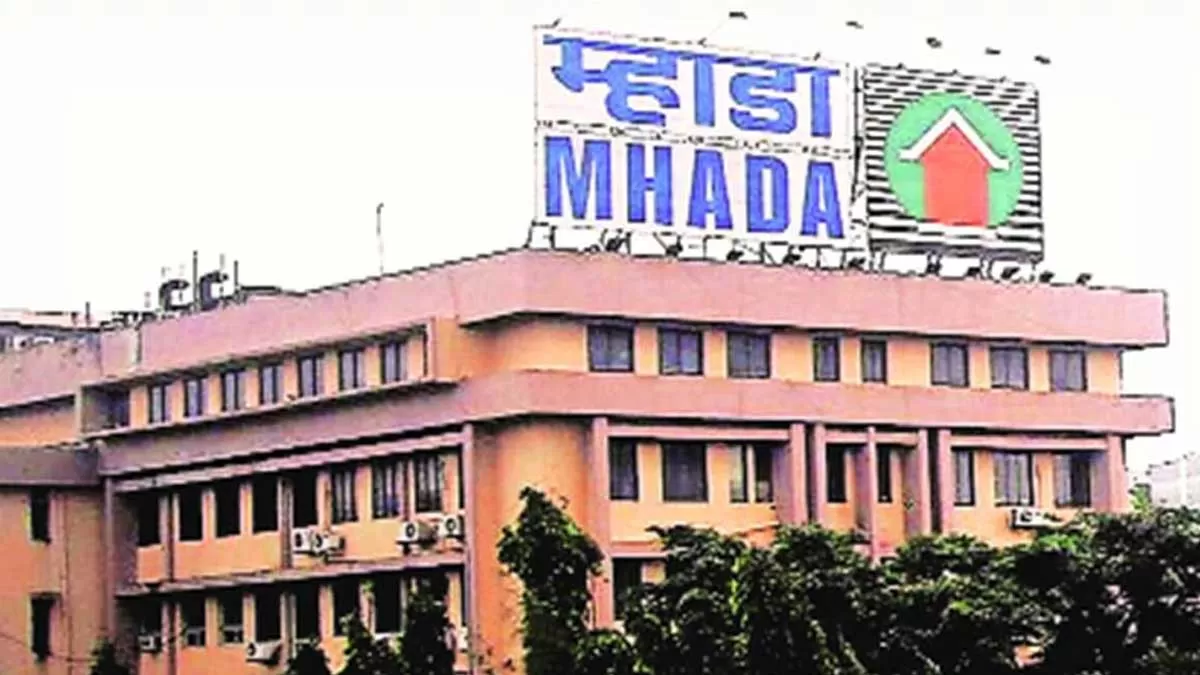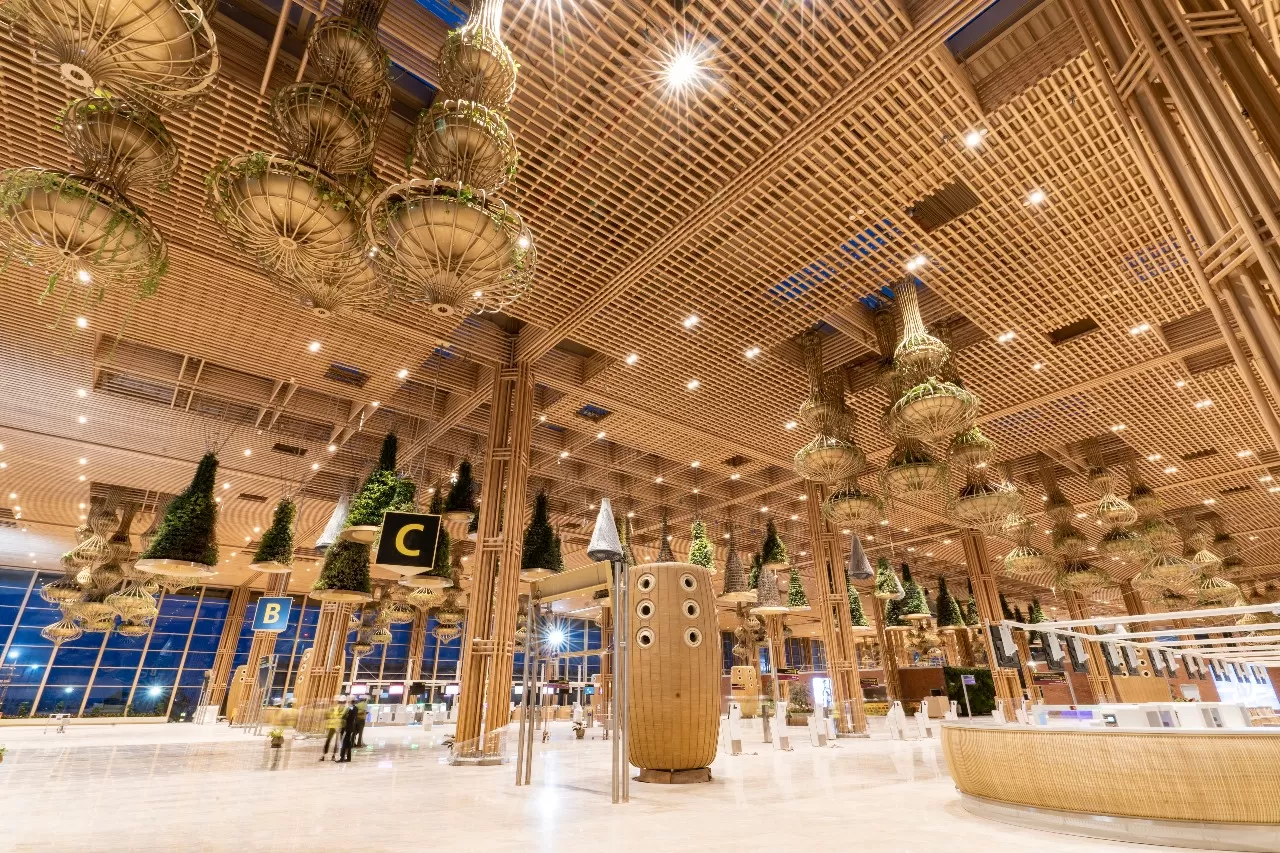India has witnessed a huge transformation over the past few decades – the earlier decades were about meeting needs; now it’s about aspirations. Cement being a vital material, demands well-organised distribution and timely delivery. The transportation in cement industry plays an essential role in striking the fine balance between demand and supply ratio and thus cement manufacturing industries use multi-modal options for transport to meet demand. Transport cost is one of the highest cost elements and contributes 25 to 30 per cent of total spend in cement industry. The cement industry strives to keep the transportation cost low and pays attention on low cost distribution model trading off between rail and road transportation. Majority of cement transportation in India is done through rail and roads, depending on the proximity of the plant to the market and thus, mode of transportation is an important consideration when planning the shipment process. Besides the cost, the urgency of the shipment is also considered at the time of determining the form of transportation.Transportation – Centre of the World: There is no doubt that transportation sector is the most critical sector of our economy. Road transportation is considered as a booming market in India but it is highly unorganised and volatile at the same time. For cement industry, Inbound movement of raw materials like limestone, coal, gypsum, and others have to be transported to the cement manufacturing plant and outbound transport of clinker to the grinding units and finished cement product to the markets are both critical. The transportation of goods from one place to another has become a real pain point for the industries due to unavailability of vehicles at the right time and at right price. We, at Shree Cement have created innovative bidding system for competitive freight discovery in our dispatch. The system which, over the last few years, has become a case study in itself and won many awards, is based on a simplistic self-balancing transparent bidding mechanism. At a pre-designated time, transporters can submit bids as desired within the time frame of the bidding and based on lowest freight bidded, orders are allocated to transporters for delivery. The completely digital scheduled biding system provides a robust and seamless mechanism for both our empanelled transporters and us. It fits into our system of transparency in operations and also helps us to optimise our logistic cost. Attaining Asset Utilisation: Insufficient use of vendor’s asset, such as underutilised fleet, directly affects revenue of vendor and in turn provides less scope of optimisation. By optimising the utilisation of fleets, one can greatly improve efficiency. This can be done through proper planning of delivery schedule in order to keep the entire fleet of vehicle active throughout the year, as opposed to use of large number of fleets and keeping idle most of the time. We, at Shree Cement engaged dedicated trucks based on Origin-Destination Pair for dedicated movement from our integrated plants to grinding units. Earlier, movement was open to all market trucks; hence uncertainty of getting orders to trucker has limited truck fleets to have 6000 to 7000 KM run only in a month. Now, by optimising number of trucks for dedicated routes, trucker’s revenue maximised by increasing run to 11000 KM to 12000 KM in a month which ultimately brought down our freight cost as trucker cost reduced by utilising truck more. Proactive Fleet Upgradation: As a proactive team, we have encouraged our supply chain partners to shift towards upgraded fleets in tune with the government move to allow one tonne extra load capacity for each axle for vehicles with pneumatic suspension. These vehicles with better suspension lead to considerable saving in terms of fuel and reduce environmental impact in trucks while we expect to gain through reduced freight.Relay Trucking Model: In order to maximise transportation efficiency, we have implemented an innovative relay operating model where the lead driver changes over at the major city pit-stop, from where another local driver takeover without any stoppage gap. This facilitates to save time for the driver and also provides him an opportunity to meet and greet his family without any loss of work hours. Such transformation is aiding in giving a sense of organisation to an otherwise unorganised sector.Looking for solutions in Uncharted Places: During Jan-March 2021, due to huge demand across all industry, there ensued an acute wagon shortage and increase in road transportation costs. We stepped up to take this challenge as an opportunity. We met and convinced the Railway authorities to grant us permission for use of idle military’s DBKM wagons in cement transportation. The biggest challenge, post the approvals, was making these wagons usable for cement. These wagons are open and uncovered without any boundary around it to protect cement bags. Further it has chains and holes to tie vehicles, and were double the size of normal wagons used in the industry. We refurbished these wagons using plywood and removed unnecessary items. The goods were then secured with extra customised material which is compensated by railways by way of 20% freight discount. As an added precaution, one team member accompanied the DBKM Rake to maintain quality and security of cement. All materials used were recycled to ensure cost effectiveness and environmental consciousness. As a result, we were not only able to meet our commitment of timely supply to the market and capture the demand, but also saved on logistics cost. “For us, excellence is not an option… it’s a requirement”Bulk Cement: The future of Indian Cement distribution Indian cement industry witnessed vibrant growth during the last two decades. The distribution and usage system of cement in the country, however, continues to remain primitive and as such needs upgradation. In the developed countries, major cement is transported and distributed in the form of bulk, whereas India is far behind in bulk cement adoption. The Packed Cement transportation results in various loss due to seepage, multiple handling and occasional bursting of bags. With the current government emphasising on big infrastructure projects and special grants given by Railway Ministry on shipment of bulk cement, the Indian cement companies are heading towards bulk distribution faster now. Now a days, Bulk Cement Terminals are being put at important distribution / consumption centres. These terminals are based on movement by rail for land locked plants and land availability near to railway lines/goods shed, around major consumption centres particularly metropolis, are expensive. This bulk cement is being delivered at construction sites in specially designed vehicles. At large construction sites like infrastructure development sites, multi-story building construction sites, etc. the bulk cement supply proves economical, theft proof and convenient over procuring cement bags. This is very economical for the project developer also to procure cement in bulk without traces of moisture as the bulk cement is always untouched and directly transported to the construction sites without use of packing bags. Thus, with ambitious infrastructure projects in the pipeline, and special grants given by Railway Ministry on shipment of bulk cement, the demand for bulk cement seems to pick up significantly. “This is the beginning, and the dawn of the new era of transportation”The cement manufacturing industry in India contributes considerable revenue for the Indian railways and thus, to make it a more economical and accessible, Government of India has launched various schemes like long Term Tariff Contract, Station to Station, Traditional Empty Flow Direction and Freight Incentive Scheme for loading of Bagged consignment in Open & Flat Wagons. In the recent few years, the large cement manufacturing industries has signed long term freight contracts scheme to cut down their operational cost and also to get preference in allotment of racks for transporting cement bags. Though, a lot of initiatives are being taken by the Indian Railways to increase rail traffic by creating world-class rail infrastructure with advanced technology and by way of dedicated freight corridors, which surely, will increase the efficiency, but as a project, will take another one to two years for completion. So, it will take time for increasing the rail share. However, some of the policies needs revision in order to increase the rail traffic like at present in clinker, 25% freight discount is allowed for incremental traffic over and above previous year lead more than 1000 KM. This scheme is not viable since in cement industry, majorly average lead of clinker is less than 1000 KM. Sameway, Bulk terminal under the Terminal Development Scheme can be developed on private land only and not allowed on lease land (other than private party land). Further, existing private siding, if brings bulk terminal later, should also be covered under the scheme. These Smart policies now can help make Indian Railways the lifeline of the country, a true economic engine.The road transportation accounts for nearly 65 to 70 per cent of cement volume around the country. This is primarily carried out through commercial vehicles or trucks. Road transportation has also benefitted in the last few years due to the construction of new highways and up-gradation of existing roads. Moreover, road will always be ideal mode of transportation for short distance and door to door deliveries. Even in case of rail, last-mile connectivity is ensured by using road transport only. Because of these, the percentage of rail has come down and with the increasing number of grinding units in the country, the rail coefficient in respect of cement may even go further down. Thus it is paramount to ensure that issues hampering road transport are looked into and addressed as road will continue to be the backbone of cement distribution.


















